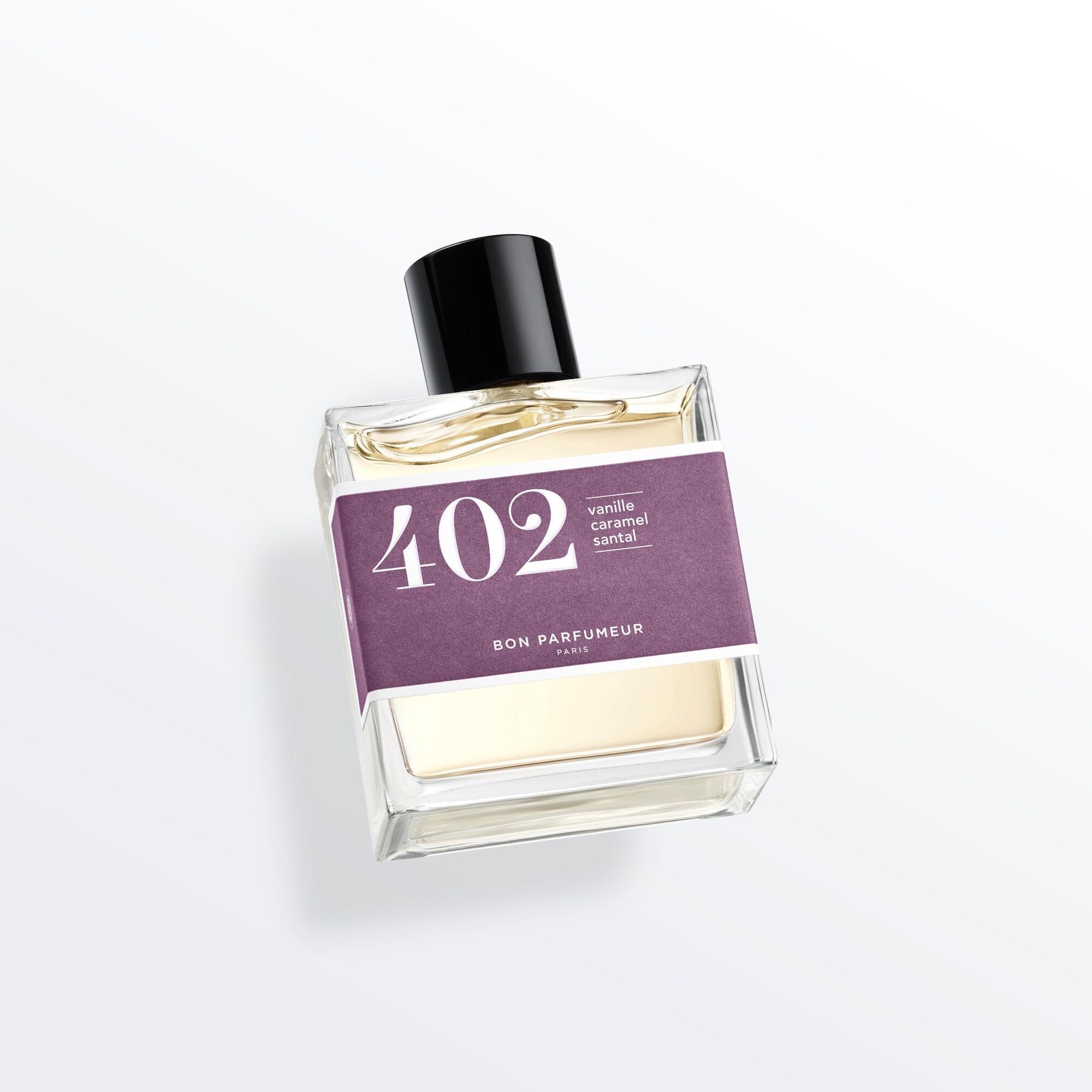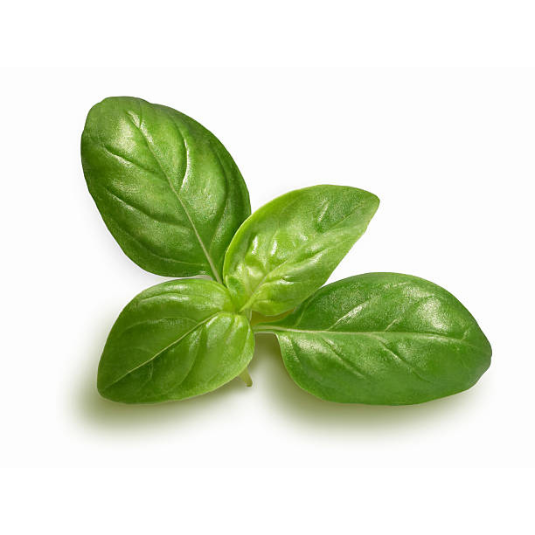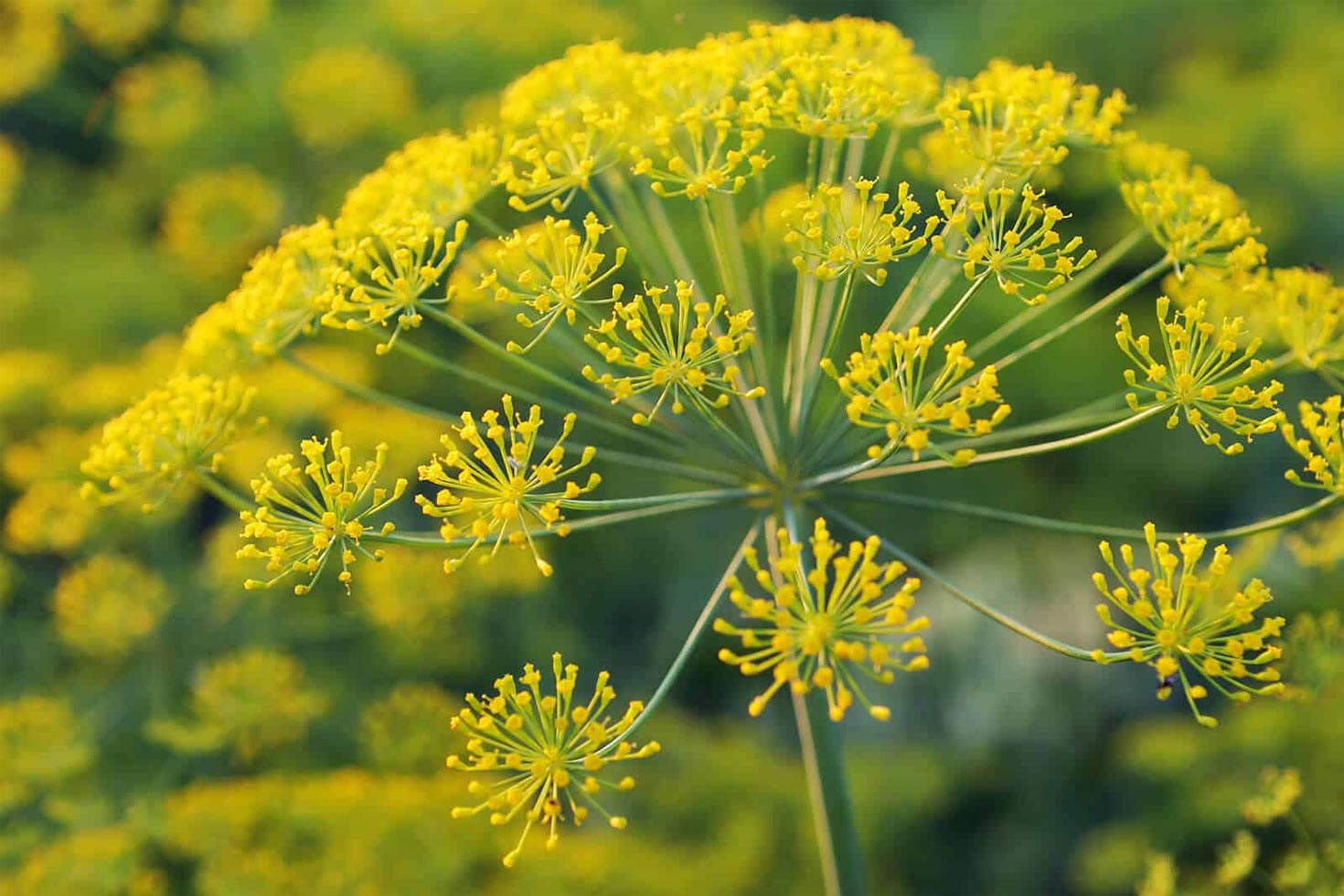Our bamboo perfume
Bon Parfumeur is a 100% French company offering a wide range of scented products for every taste, for men and women. Among the many ingredients we use, we find the scent of bamboo in the eau de parfum 802 with peony, lotus and bamboo. Like waking up in a Japanese garden. Lotus blossom and bamboo combine for a zen-like, vegetal freshness. Created around a floral bouquet of freesia, peony and osmanthus, this fragrance recalls the smell of morning dew. The airy musk prolongs this gentle bubble.
What does the word bamboo mean?
The etymology of the word "bamboo" goes back to the Portuguese "bambu", which in turn comes from the Malay "mambu" or "mambu-kayu". The Malay word "mambu" refers specifically to bamboo, a herb in the Poaceae family.
In the beginning...
Bamboo, a plant both majestic and versatile, has a history and origin deeply rooted in cultures around the world. Originating in Asia, this very special herb has been part of everyday traditions and practices for thousands of years. In China, bamboo is revered for its strength, flexibility and rapid growth, symbolizing resilience and longevity. It has been used for building houses, making tools, musical instruments and objets d'art. Bamboo has also played an important role in Zen philosophy, representing humility and simplicity. Today, bamboo is appreciated the world over for its sustainable, eco-friendly nature, and is used in fields as diverse as architecture, design, fashion and even cooking. Its history and continued use testify to its cultural value and remarkable heritage.
DID YOU KNOW? Bamboo is known for its extremely rapid growth. Some species of bamboo can grow up to a meter a day, making it one of the world's fastest-growing plants!
Bamboo cultivation
Bamboo is grown and spread in many parts of the world, including Asia (e.g. China, Japan, India, Indonesia), South America (e.g. Brazil), Africa (e.g. Ethiopia, Nigeria) and Oceania (e.g. Australia). Each region has specific bamboo species adapted to its climate and growing conditions.
The process of planting, growing and harvesting bamboo begins with the selection of a variety suited to the local climate and conditions. Bamboo stalks, known as culms, are generally planted in well-drained, fertile soil. Once planted, young shoots require adequate irrigation and special attention during their initial growth phase. Bamboo is a resilient plant that grows rapidly, often reaching full size within a few years. After a period of maturation, culms ready for harvesting are cut at the base, preserving the roots to allow new growth. Harvesting is generally carried out selectively, removing only mature culms. Bamboo thus offers a sustainable, renewable material for a variety of applications, from construction and furniture to handicrafts and even food.
What are the different species of bamboo?
There are over 1,500 species of bamboo worldwide. Here are some of the most common species:
• Moso bamboo (Phyllostachys edulis) : Native to China, this is one of the most economically important bamboo species. It is used for construction, furniture and musical instruments.
• Giant bamboo (Dendrocalamus giganteus) : Native to Southeast Asia, this is one of the largest bamboo species. Prized for its strength, it is used in construction and furniture-making.
• Black bamboo (Phyllostachys nigra) : Native to China, it is distinguished by its black culms. It is often used for landscaping and interior decoration.
• Golden bamboo (Phyllostachys aurea) : Native to China and Japan, it is prized for its golden-yellow culms. It is widely used in ornamental gardens.
• Holy bamboo (Bambusa vulgaris) : Native to Asia, it is considered a sacred plant in some cultures. It is used for construction, musical instruments and basketry.
Nevertheless, no specific bamboo species is commonly used as a direct ingredient in perfumery. However, some perfumes can be inspired by the fragrance and atmosphere associated with bamboo, using green, vegetal or woody notes to recreate that fresh, soothing ambience.
UNSUAL FACT! As bamboo is nutritionally poor, a giant panda needs to eat between 12 and 38 kg of bamboo a day - up to 40% of its body weight!
INTERESTING FACT!
Bamboo offers many benefits and virtues. It is a sustainable resource, regenerates rapidly and helps combat deforestation. It has antimicrobial, hypoallergenic and breathable properties, making it an ideal material for textiles and bedding products. Bamboo is also used in traditional medicine for its anti-inflammatory, antioxidant and regenerative properties.
What do you know about bamboo in perfumery?
When we think of bamboo, construction and craftsmanship are the first applications that spring to mind. However, bamboo also offers a unique and highly prized essence for perfume creation.
Bamboo has a subtle, fresh olfactory note, often described as green, vegetal and slightly woody. It can be combined with other ingredients to create harmonious, captivating olfactory accords. Here are a few examples of olfactory accords commonly used with bamboo in perfumery:
• Bamboo-Lotus flower accord: By combining the freshness of bamboo with the delicacy of lotus flower, we obtain an accord evoking serenity and purity. This accord creates a soothing, slightly aquatic ambience.
• Bamboo-Lime accord: The combination of bamboo with the liveliness of lime creates an energizing, refreshing accord. This accord brings a sensation of zesty freshness, ideal for revitalizing summer compositions.
• Bamboo-Ginger accord: Combining the freshness of bamboo with the spicy warmth of ginger creates a contrasting, dynamic accord. This accord evokes a combination of plant freshness and spicy warmth, creating an invigorating, energetic fragrance.
• Bamboo-Musk accord: The combination of bamboo with the softness of musk creates a fresh, sensual accord. This accord combines the vegetal freshness of bamboo with the warmth and softness of musk, creating a balanced, elegant composition.
• Bamboo-Vetiver accord: Combining bamboo with the earthy richness of vetiver creates an accord that evokes nature and woody freshness. This accord offers a balanced combination of the vegetal freshness of bamboo and the olfactory depth of vetiver.
These olfactory accords allow us to explore different facets of bamboo in perfumery, creating harmonious, captivating compositions that highlight its characteristic note. Each accord brings a unique nuance to the table, creating a variety of olfactory experiences.
Popular bamboo perfumes...
At first glance, bamboo is not a very popular ingredient in perfumery: is bamboo used by Yves Saint Laurent, Jean Paul Gaultier, Paco Rabanne, Estée Lauder? The answer is no, but other brands are using it more creatively than ever. Here are a few bamboo fragrances that might interest you:
• Wanted Girl Tonic by Azzaro is an invigorating, sparkling eau de toilette that captures the energy and audacity of the modern woman. With its fruity and floral notes, combined with woody, musky accents with bamboo, it offers a refreshing and sensual olfactory experience, perfectly suited to women in search of adventure and seduction.
• Bamboo by Weil is a refined, delicate eau de Cologne that celebrates the natural elegance of bamboo. Its fresh, vegetal notes, blended with woody, musky accords, create a subtle, soothing olfactory composition, evoking the serenity of a lush bamboo garden.
• Bamboo Harmony by Killian is a refined eau de parfum that captures the soothing, harmonious essence of bamboo. With its fresh, vegetal notes, this fragrance evokes a sense of calm and serenity, creating a soothing, balanced olfactory experience.
• Poets of Berlin by Vilhelm Parfumerie is a captivating amber eau de parfum designed for both women and men. The fragrance opens with top notes of blueberry and lemon, which provide a fresh and fruity introduction. These initial notes create a vibrant and uplifting aura. As the scent develops, the middle notes of bamboo and orris emerge, adding a touch of elegance and tranquility. These notes contribute to the composition's depth and complexity, enhancing the overall olfactory journey. In the base, Poets of Berlin eau de parfum settles into a warm and inviting embrace. The combination of vanilla, sandalwood, and vetiver creates a rich and sensual foundation, leaving a lingering and memorable trail.
• Marc Jacobs Cucumber Splash 2016 by Marc Jacobs is a refreshing floral green fragrance designed for both women and men. As one of the top notes, bamboo contributes to the overall refreshing and green character of the fragrance. It adds a unique and crisp aspect, complementing the cucumber, lotus leaf, and cactus flower notes. Bamboo brings a touch of natural freshness, creating a vibrant and invigorating opening to the scent.
















